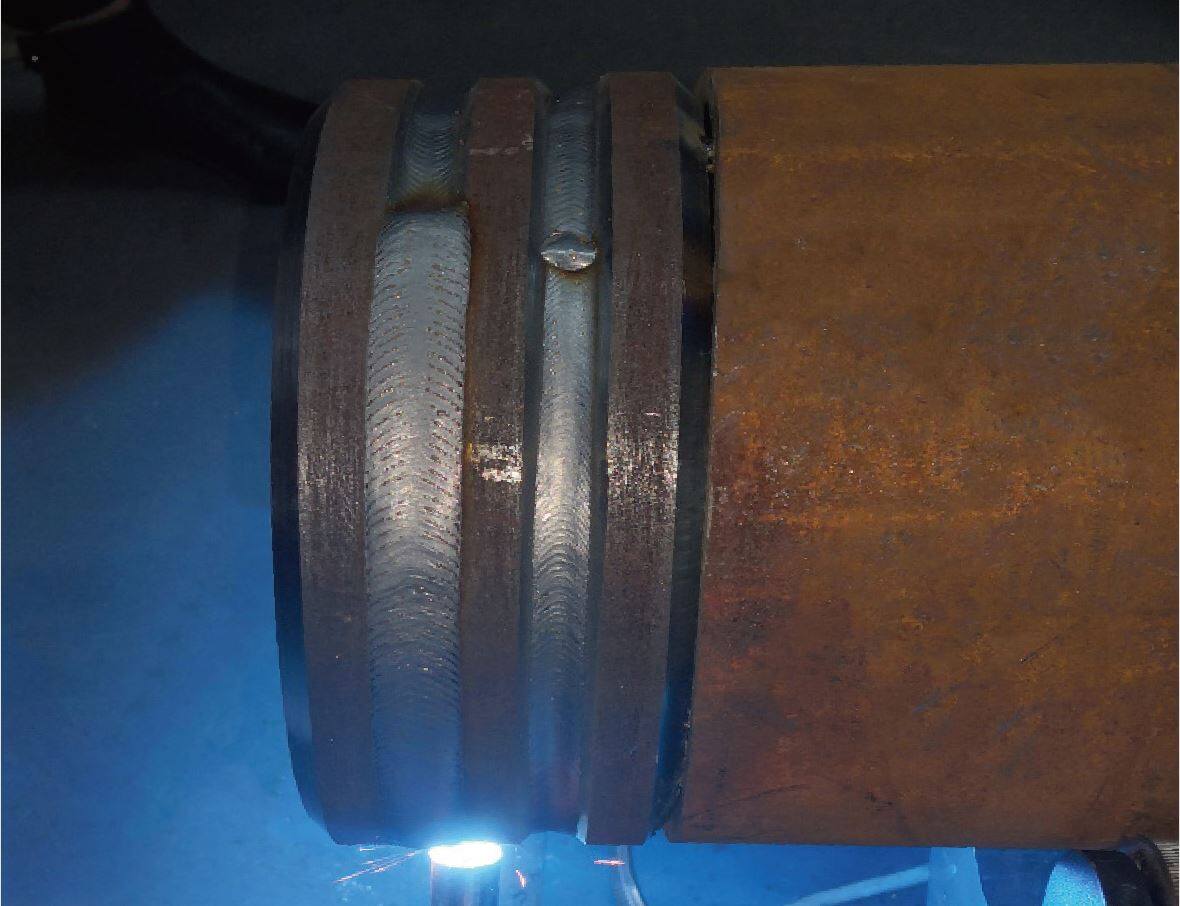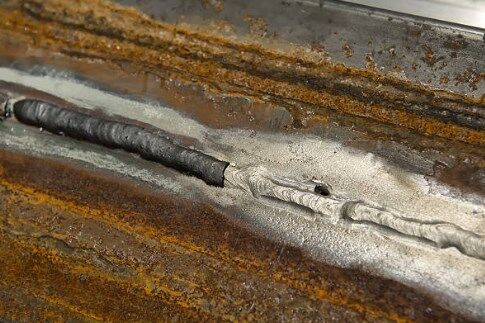Welding is a vital process used to join two pieces of metal by melting them, typically using an electric arc or a gas flame. This technique spans various industries, including construction, manufacturing, automotive, and aerospace. However, not all welds provide the same level of quality. Understanding the differences between good and bad welding is crucial for ensuring safety, durability, and overall project success.
In this article, we will delve into the characteristics of good and bad welds and share strategies that can help you enhance your welding skills, ensuring you produce high-quality welds consistently.
I. Characteristics of Good Welds
Good welds are defined by several key attributes. When performed correctly, they provide excellent strength and reliability. A good weld typically exhibits the following characteristics:

Smooth and uniform appearance: Quality welds are visibly smooth, even, and free of gaps, holes, or irregularities. The weld bead should have a consistent size and shape that matches the joint contour. Additionally, the color of the weld should be uniform, mirroring the base metal without any signs of overheating or oxidation.
Strong and consistent weld bead: A strong weld bead is crucial for durability. It should be free from cracks, porosity, or inclusions—defects that potentially compromise the weld’s integrity. Proper weld profile—neither too convex nor too concave—plays a significant role in strength and resilience.
Adequate Penetration and Fusion: Effective welding requires proper penetration into the base metals and sound fusion. The depth of penetration and quality of fusion should create a strong bond, with no gaps or areas of inadequate fusion, influenced by factors such as heat input, welding speed, and electrode angle.
Free of porosity, cracks, and other defects: A good weld is devoid of porosity and cracks. Porosity, which refers to gas pockets within the weld, weakens the bond. A clean workpiece, appropriate materials, and controlled techniques help prevent such defects.
Meets Strength and Ductility Standards: A quality weld must fulfill the necessary strength and ductility criteria for its application, which can be verified through tests like tensile, bend, and impact tests.
Adherence to Codes and Standards: Compliance with relevant industry standards, such as those set by the American Welding Society (AWS) or International Organization for Standardization (ISO), ensures that the welds meet necessary safety and quality benchmarks.
II. Good Weld VS. Bad Weld: Identifying Bad Welds
Conversely, bad welds exhibit numerous flaws that can greatly impact performance:

Rough and irregular appearance: Bad welds often have uneven surfaces, characterized by gaps, holes, or an inconsistent bead size that does not align with the joint's contour. Discoloration may indicate overheating or oxidation issues.
Weak and Inconsistent Weld Bead: A brittle weld bead is prone to breaking under stress, with additional defects like cracks and porosity further impeding strength. Improperly formed weld profiles can also create stress concentrations.
Insufficient Penetration and Fusion: Inadequate heat input or wrong technique may lead to weak joints with poor penetration and fusion, forming gaps that compromise integrity.
Presence of Defects: Bad welds can be riddled with porosity, cracks, or other defects created by improper techniques or equipment. Utilizing clean materials and correct welding practices can help mitigate these issues.
Failure to Meet Strength and Ductility Requirements: Welds that do not achieve industry-required strength and ductility metrics may lead to product failures, highlighting the need for high-quality filler materials and techniques.
Non-Compliance with Standards: Ignoring welding codes and industry regulations can jeopardize safety and quality. It’s vital for welders to stay informed and certified to meet these standards.
III. Importance of Welding Quality
The quality of welds profoundly impacts the safety, reliability, and longevity of fabricated products. For instance, a trailer constructed with subpar welds could disassemble while being towed, posing a serious hazard.
Similarly, a bridge with bad welds risks catastrophic failure under load. Recognizing the differences between good and bad welds is essential for maintaining safety and performance standards.
IV. Effective Welding Techniques
To consistently achieve high-quality welds, consider the following strategies:
Master Welding Fundamentals: You can find many online resources or take a welding course to learn the fundamentals of welding, such as the types of welding processes, the types of welding equipment and consumables, the types of welding joints and positions, the types of welding defects and causes, and the types of welding codes and standards. Learning the basics of welding can help you understand the principles and concepts of welding and prepare you for the practical application of welding.
Choose the Right Process, Equipment, and Consumables: Different welding methods (like MIG, TIG, or SMAW) have unique applications and advantages. Selecting suitable equipment, including welding guns and consumables (like electrodes or filler metals), is crucial based on the project’s requirements, materials, and conditions.
Proper Workpiece Preparation: Thoroughly clean the surfaces of the metal components to remove contaminants like dirt, rust, oil, or paint. Securely clamp or tack the pieces together to minimize movement during the welding process, which can lead to misalignment or distortion.
Follow Correct Welding Parameters and Techniques: Adjust your welding machine settings—such as amperage, voltage, and travel speed—according to the material type and thickness. Additionally, employ the correct technique, taking care with travel angle, distance from the workpiece, and speed to achieve optimal results.
Regularly Inspect Welds: Implement a comprehensive inspection routine for your welds. Look for visible defects, as well as potential issues detectable by methods like dye penetrant testing or ultrasonic testing. Early identification of flaws can allow for timely corrections.
Practice Consistently: Like any skilled trade, practice is key to improvement. Work on scrap materials or simple projects to enhance your welding abilities and build confidence. Regular practice will help you develop the muscle memory necessary for executing high-quality welds under various conditions.
Conclusion
Producing good welds consistently is an essential skill for any welder seeking success in their craft. The importance of selecting the right welding process and equipment cannot be overstated, as it lays the groundwork for quality outcomes. By following the guidelines outlined in this article—learning the fundamentals, utilizing appropriate equipment, maintaining clean workpieces, and adhering to industry standards—you can enhance your welding quality and reduce the likelihood of defects.
Remember, welding is both an art and a science that requires ongoing education and adaptability. With dedication to practice and adherence to best practices, you can master the techniques necessary to achieve reliable, safe, and high-quality welds in your projects.
Relevant articles:
1. Welding Tips: 6 Secrets of Beautiful TIG Welding
2. MIG Welding Tips From Megmeet
3. What is the Difference Between Stick Welding and MIG Welding?
4. Laser Welding vs TIG Welding - What’s the Difference
5. MIG Welding VS. MAG Welding: What is the differences?




